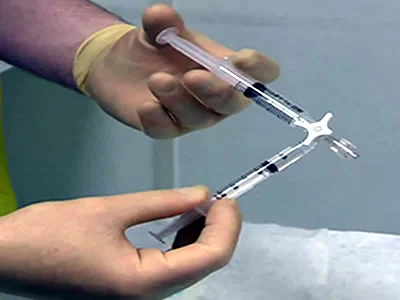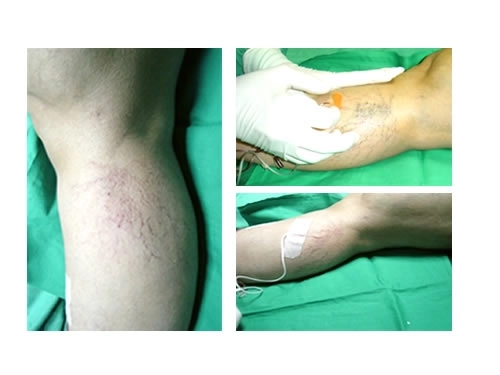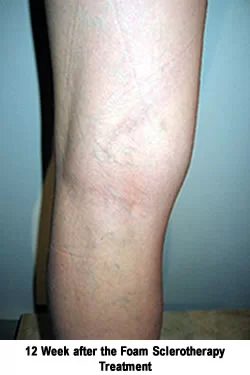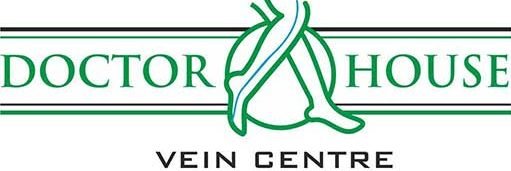Sclerotherapy

Sclerotherapy
It is a medical procedure used to eliminate varicose veins. Sclerotherapy involves an injection of a small amount of liquid sclerosant directly into the vein, inducing chemical phlebitis, or inflammation, and then applying pressure so that the vein walls stick together. The vein can then no longer fill with blood and so it is obliterated. Sclerotherapy is a proven procedure that has been popularised worldwide.
Liquid Sclerotherapy

In most cases of sclerotherapy, the liquid chemical solution (we use Polidocanol at our center) is injected through a very fine needle directly into the vein and causes almost no pain. The procedure itself a few minutes. The number of veins injected in one session depends on the size and location of the veins, as well as the general medical condition of the patient.Liquid Sclerotherapy is a simple and safe procedure, causes almost no pain, and results in a fast recovery. This procedure can treat successfully over 90 percent of varicose veins and significantly reduces symptoms of pain and discomfort while improving the aesthetic of the treated area. Liquid Sclerotherapy is especially useful for spider veins and Reticular veins. In some patients, more than one session may be required for treatment, usually after an interval of 4 to 6 weeks.One of the drawbacks of sclerotherapy is that is can cause skin pigmentation. Therefore, it is advisable to use low concentrations of the chemical liquid during treatment, although this may mean more treatment procedures. Liquid Sclerotherapy is not advisable for large varicose veins (greater than 2 mm in diameter) as the chances of reopening of the vein is higher.
Foam Sclerotherapy

Foam Injection Via Catheter

Foam Being Prepared by Mixing Sclerosant with Air

Foam Injection Directly into The Vein
To treat larger sized Varicose veins, the liquid sclerosant chemical is converted into a viscous, thick foam, by mixing it with either air or nitrogen. This foam is then injected into the varicose veins under ultrasound guidance, either directly with a needle and syringe, or via a special plastic tube called a catheter.Since the foam is viscous, it stays in contact with the vein wall for a longer time, allowing the chemical sclerosant more time to act, and increasing the chances of the vein staying permanently closed. If used by experienced operators, foam sclerotherapy has very good results. However, it should be noted that the long-term chances of the vein reopening after foam sclerotherapy are much higher than the results obtained with Laser or RFA treatment. Therefore, the procedure may have to be repeated again after a few months.Overall, sclerotherapy has very minimal side effects. However, if a large amount of sclerosant goes into the deep veins, it can potentially cause Deep Vein Thrombosis. Occasionally some patients can feel light-headed or a feeling of chest constriction for a few minutes after injection of foam. This is usually short-lasting. Some sclerosants like STS if injected by mistake into the skin or small artery can also cause skin ulcerations. But these are uncommon complications.
Treatment of Spider Veins

Treatment of Spider Veins by injection of Liquid Sclerosant (Polidocanol)

Injection of Sclerosant solution causes damage to endothelium which leads to fibrosis of vein
Liquid Sclerotherapy Treatment-Video
Sclerotherapy - All You Wanted to Know
Cases of Patients Treated at Doctor House Cardiovascular Center with Sclerotherapy


It is important that the procedure is performed by an expert, who has thoroughly evaluated the patient and is very well experienced in the technique. It is also important to note that every patient of Varicose veins is different, and no one procedure can be used to successfully and adequately all patients. The type of procedure performed is at the discretion of the treating doctor, who may even use one or more techniques to give the best result.


Dr. Shoaib Padaria has over 30 years of experience in treating Vascular Diseases, and over 17 years in treating veins by Endovenous methods. The first documented case of the Endovenous Laser for varicose veins was performed by Dr. Padaria at Jaslok Hospital on 6th January 2003. Since then he has performed more than 16000 treatment procedures. Dr. Padaria is well versed in all modern techniques of Varicose Veins treatment and is part of many teaching courses and workshops, both Nationally and Internationally


